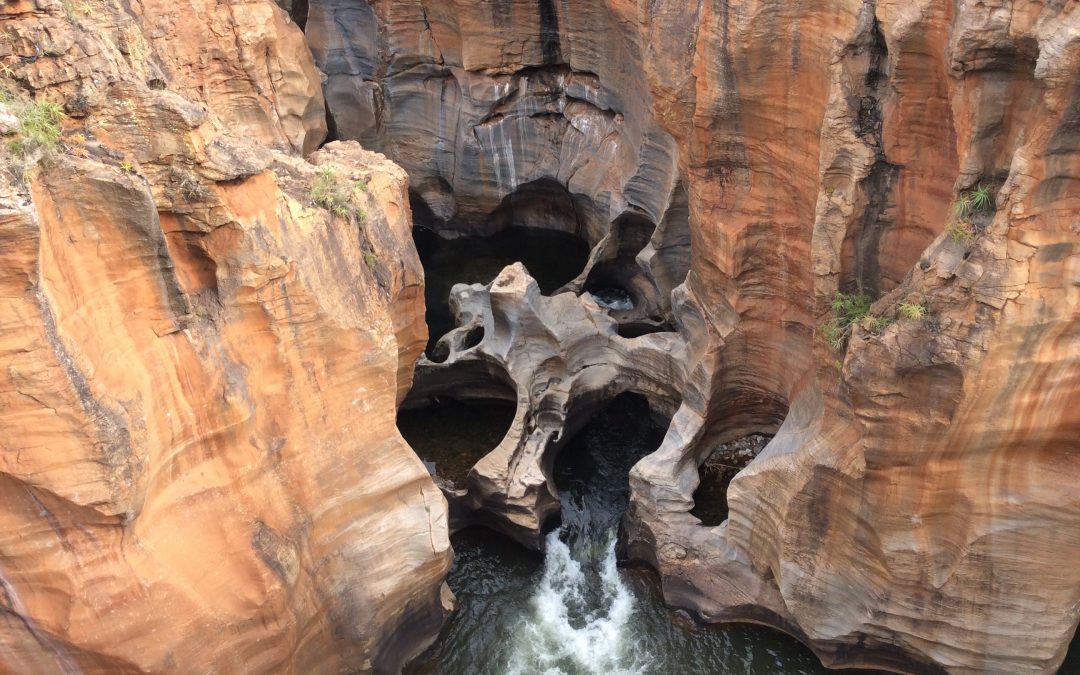The Panorama Route is one of South Africa’s great natural wonders and it is one of the most beautiful drives in the continent.
Today you head out for a full day of sightseeing, visiting small towns and places of interest. Firstly, the route will take you to Hazyview and then on to Sabie and Graskop. Along the way there are spectacular waterfalls, God’s Window, the Three Rondavels, the Blyde River Canyon and Bourke’s Luck Portholes all waiting to be explored.
Hazyview is a farming town situated in the sub-tropical region of Mpumalanga and produces around 20% of all bananas and 30% of all macadamias grown in South Africa. It is also close to one of the major entrances into the Greater Kruger Park and as a result of this close proximity, is a tourist destination. The town’s name is derived from the haze that occurs during the heat of summer where daytime temperatures reach around 30 degrees in the summer months.
Sabie sits in a deep valley on the escarpment of the Drakensberg mountain range and while it is primarily a forestry town, tourism plays a big part in its economy. The plantations surrounding Sabie are the largest man-made forests in the world and the industry employs thousands of people.
Graskop, originally a mining camp, it now caters for the tourist industry and some forestry. For a very good reason, the natural wonders around Graskop have become the most seen, photographed and painted landscapes in Southern Africa.
God’s Window, so called for the panoramic view of the lowveld, dropping 900 meters to the ravine below. You can observe hills and valleys for as far as the eye can see and the vista seems to go on forever.
The Three Rondavels and Blyde River Canyon. The Rondavels are an ancient geological wonder located within the canyon. They get their name from traditional beehive huts used in the area by the local indigenous groups. The view from the Three Rondavels lookout point is spectacular and is thought by many to be one of the finest views in the country. Standing here will have a view of the dam and canyon where you cruised yesterday. This gives you another perspective of this natural wonder.
Bourke’s Luck Potholes, named after John Bourke, the first prospector to stake a gold claim in the area and ironically, he never found any gold. At the confluence of the Blyde and Treur rivers the potholes have formed over millions of years as a result of water erosion, creating a unique geological feature. Here at the mouth of the Blyde River Canyon, the two rivers formed swirling eddies of water creating cylindrical potholes in the sandstone bedrock. Seen from above it is a fascinating network of tunnels, tubes and interconnecting whirling pools.
Another day to reflect upon as you dine under the stars again tonight.
mag jy ‘n lekker aand hê – have a goodnight in Afrikaans


Recent Comments